- Pool Cleaning
- 1 likes
- 8149 views
- 0 comments
Pool use, external factors make the water dirty very quickly. Chemicals and filtration can't catch all the dirt, because some of it settles on the bottom or "sticks" to it. Slippery or rough walls are a signal that a pool hoover must step in.
- We can distinguish between 3 types of hoovers - manual, semi-automatic and automatic.
- Handheld vacuum cleaners require a skimmer or suction nozzle to which they are attached
- Robotic vacuum cleaners are the only ones behind the bottom to clean walls and water lines
- In automatic vacuum cleaners we distinguish between brushes for different surfaces
- A functional pool vacuum cleaner is completely safe for the user
Related articles

Pool vacuum cleaners - everything you need to know
Time is money, and in this age of a rushing world, it is hard for us to find a moment even for ourselves. That is why people are making life easier for themselves. These days, swimming pool hoovers seem to be indispensable for keeping a swimming pool clean quickly and easily.
Read moreOverview of available pool vacuum technologies
As you can guess, necessity is the mother of inventions and we will find not only various models on the market, but also technological solutions. They differ in advancement and functions, and above all, the price. There are 3 types of pool vacuum cleaners on the market.
The cheapest and simplest solution available on the market, which consists of a few components - a pole, a hoover brush and a hose. This set requires an efficient circulating pump in the pool, as it plugs into the skimmer or suction nozzle. With this type of hoover, we can only clean the bottom of the pool. The brush "picks up" the dirt, which is sucked up by the hose. The dirt goes directly into the pool filter. The cleaned water is then returned to the pool.
See the handheld pool vacuum cleaners that we offer in our store
This is an intermediate solution, in this case we only need a pole and the device itself. The semi-automatic vacuum cleaner is powered by a built-in battery, which makes it a wireless device. It does not need to be connected to the pool installation as is the case with a handheld vacuum cleaner. The installed motor sucks the water that flows through the device, and the dirt is caught in the filter bag. This type of vacuum cleaner will also clean only the bottom of the pool.
Check out all the semi-automatic vacuum cleaners we offer
This is the most expensive and advanced technology, but requires the least from the user. Automatic vacuum cleaners, as the name suggests, do everything themselves, just throw them into the water. The robot scans the surface of the pool itself and cleans it. The robotic vacuum cleaner is the only one that can, apart from the bottom, clean the walls and the water line. He even rides up the stairs, if he can fit on them. Dirt is collected in a special chamber. Most automatic vacuum cleaners have several cleaning cycles, and more complex models have access to an application that extends its functions with, for example, remote control or adjustment of the work cycle time.
See what pool robotic vacuum cleaners we offer

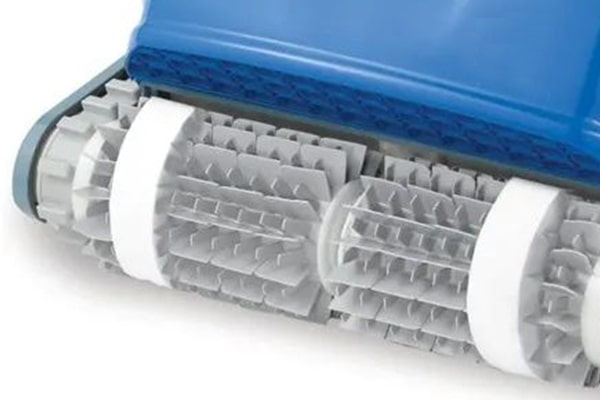
What pool vacuum cleaner
Choosing a pool vacuum cleaner is not only a matter of personal preferences and available budget, but also the technology in which the pool is made and the type of finish. In the case of an overflow pool, connecting a handheld vacuum cleaner will require the use of a suction nozzle. When choosing a robotic vacuum cleaner, pay attention to the type of brushes in the device. Those intended for tiled and foil pools differ in hardness so as not to scratch the surface. There are also universal brushes designed for both types. Automatic vacuum cleaners also have a limit to the size of the pools. Due to the fact that they are powered "on the cable", it limits them.
Useful products
Automatic Robotic Swimming Pool Cleaner ZODIAC CNX 30 iQ
How to make a pool vacuum cleaner
There are very popular videos on the web in which handymen show and instruct step by step how to make a vacuum cleaner for a swimming pool from PVC pipes and fittings or even plastic bottles. However, we recommend using ready-made, proven and, most importantly, safe solutions. The pool vacuum cleaner is an electrical device, so bad sealing or incorrect connection may lead to electric shock or damage to the electrical system. In addition, "self-made" can destroy and scratch the surface of the pool. The brushes in vacuum cleaners have wheels that reduce friction on the surface and distance the brush from the bottom.


Which brands of pool vacuum cleaners are trustworthy?
As cheap garden pools have grown in popularity, so has the number of manufacturers offering cleaning accessories. However, we recommend using proven brands whose products are made of good quality components and will not break when used for the first time. Depending on the type of vacuum cleaner, we can distinguish different brands. In the case of handheld vacuum cleaners, it is worth focusing on Bayrol products. They are not the cheapest, but we can be sure of German quality. The leading brand among semi-automatic vacuum cleaners is Poolblaster, the manufacturer himself boasts that he was the first to create a battery-operated pool cleaning device. Due to the high price of good quality automatic vacuum cleaners, manufacturers are outdoing each other in creating "cheap" automatic machines that can be treated more like toys than serious equipment. When deciding on a robotic vacuum cleaner, it is worth looking at the Dolphin and Zodiac brands.
Expert Advises!
In our opinion, Dolphin and Zodiac are the best vacuum cleaners available on the market. We rely on these brands when servicing the pools ourselves.

User safety
Handheld vacuum cleaners are not connected to the electricity in any way, so the use is completely safe. In the case of other types of vacuum cleaners, we deal with electricity. However, this is a low voltage current, so they are completely safe and in theory you can bathe while using the devices. However, it is worth checking the condition of the device before each use (for cracks, abrasions on the cable, etc.) to exclude the possibility of damage. Vacuum cleaners are tested for tightness and are completely safe, but damage may occur during operation. The manufacturer's instruction manual includes all recommendations for safe use.
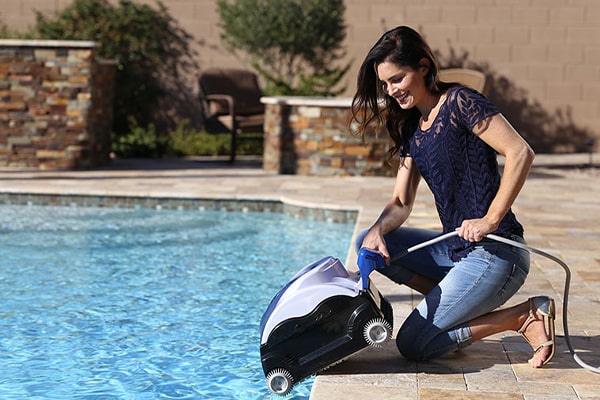

What instead of a pool vacuum cleaner
A pool vacuum cleaner seems essential in order to keep the pool completely clean. Instead of a pool vacuum cleaner, an alternative is to manually pick up dirt with a mesh and scrub the bottom with a brush, hoping that the disturbed particles will be sucked in by the filter system. The solution is time-consuming and ineffective, because in this way we are not able to clean the basin thoroughly. Proper care will allow us to avoid many problems, including algae growth and microbial growth. This is not only unsightly but also unsanitary.
See useful accessories for manual pool cleaning
These abbreviations are symbols of the surface the brush is suitable for. WB, or Wonder Brush, are used for pools with a tile / mosaic or stainless steel finish, and CB is a Combi Brush for prefabricated and foil-finished pools.
Absolutely not! Inserting the device into water while it is charging may damage the device. Wait for the vacuum cleaner to charge.
This is another name for suction nozzles. It is used to attach a vacuum cleaner hose in the absence of a skimmer. As a result, the hand vacuum cleaner can also be used in the overflow pool.
Unfortunately, automatic vacuum cleaners cannot get out of the water on their own. In order to remove the automatic vacuum cleaner, pull it to the wall with the cable (if it has not ridden under it by itself) and then pull it out by grasping the handle. Some of the models also have a special function that allows them to slide out onto the water lines of the pool by themselves.
FAQ - Questions and Answers
Ask the POOLSYSTEM.PL specialist

Tomasz Tomkowicz
Pool Technology Specialist
Thank you for reading our article, if you have more questions or need more specialized help - write to me using the form.
Look for answers in our knowledge base
Jestem bardzo zadowolona z usług tej firmy. Każdy nam odmawiał pomocy, nawet firma montująca basen. Pool system zjawił się i doprowadził basen sprzed paru lat do stanu używalności, co więcej dokonał napraw uszczelniających co spowodowało ze basen stał się w pełni sprawny. Naprawdę polecam !

Bardzo miła i sympatyczna obsługa oraz fachowe doradztwo techniczne.

Bardzo profesjonalna i cierpliwa obsługa. Odbierają telefony, wszystko dokładnie wytłumaczą, wysyłają praktycznie na drugi dzień każdą część którą potrzebuje klient. Pan Krzysztof z serwisu rzetelnie podpowie co zrobić i jak rozwiązać swój basenowy problem, jeśli chcemy majstrować przy basenie sami. Pan Paweł i Marcin też skarbnica wiedzy technologii basenowej. Dobre ceny. Polecam firmę i pozdrawiam zespół POOLSYSTEM

Jak budujesz basen to to miejsce jest dla ciebie, osprzęt, doradztwo i miła obsługa.

Super obsługa doradzi pomoże,ceny na duży plus .Polecam

Bardzo mili ludzie, to naprawdę profesjonaliści. Nie lubię zakupów, ale spotkanie z Nimi było bardzo przyjemne.






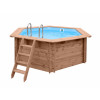
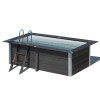
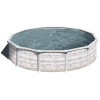
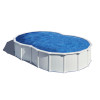
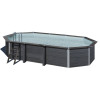
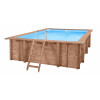
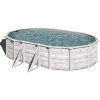
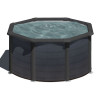








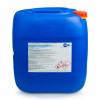
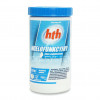
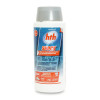
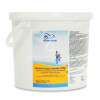
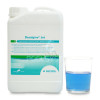
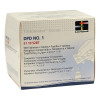





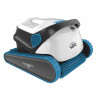
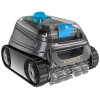
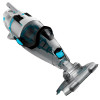
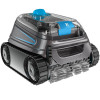
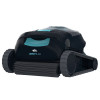
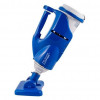




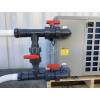
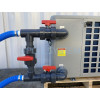
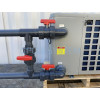











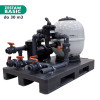
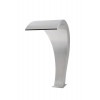
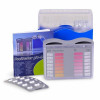
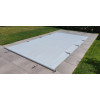

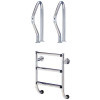










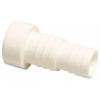
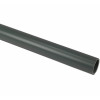
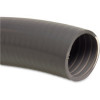
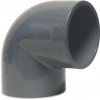
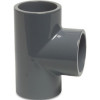
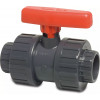
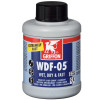








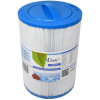
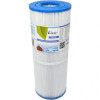
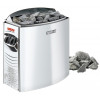


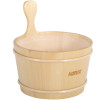


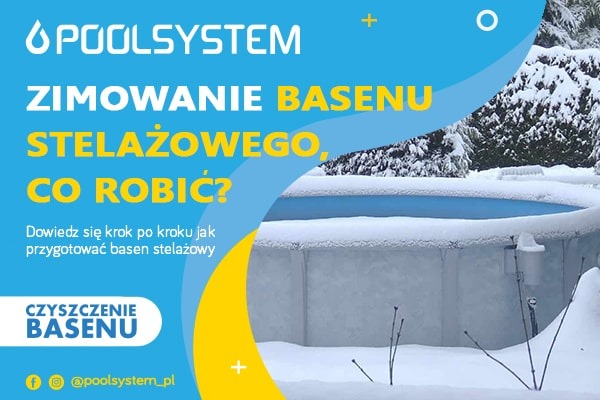
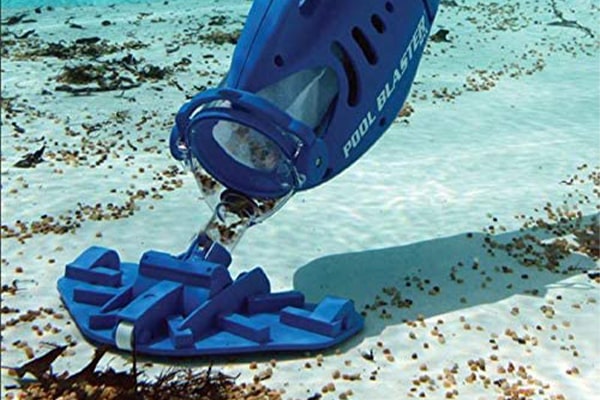
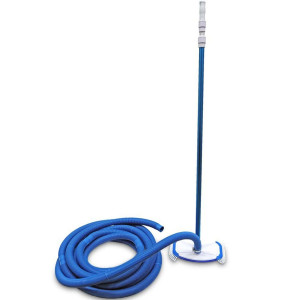

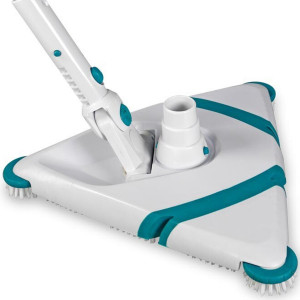

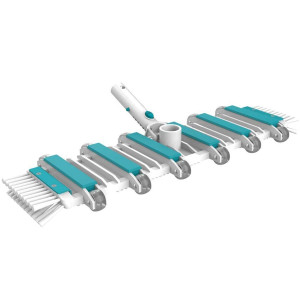
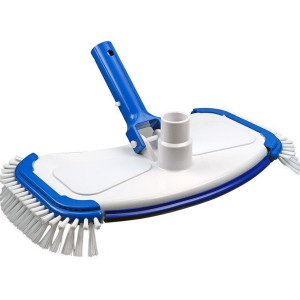

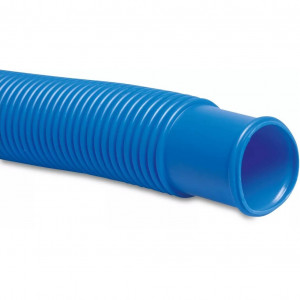



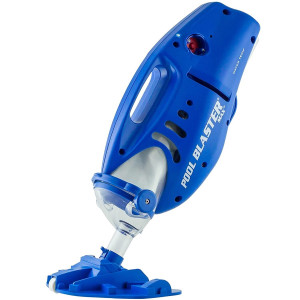


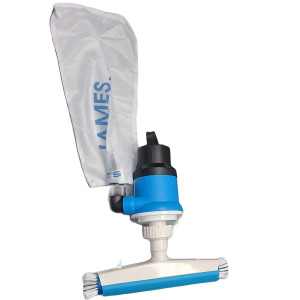



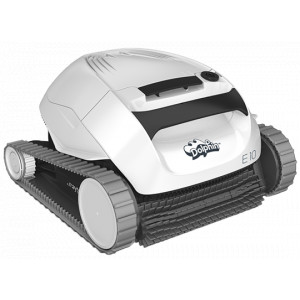



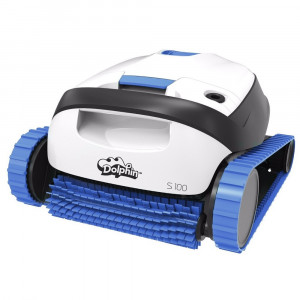






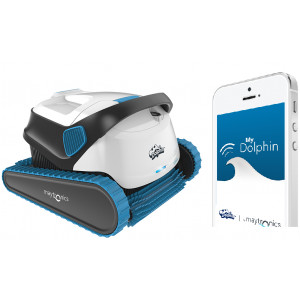


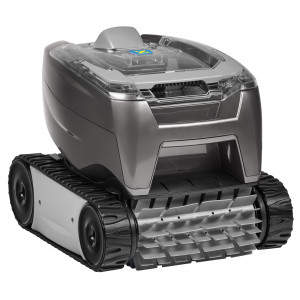

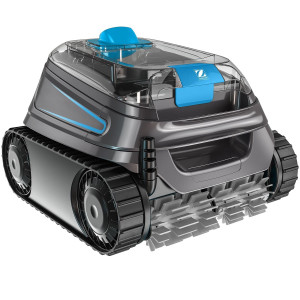




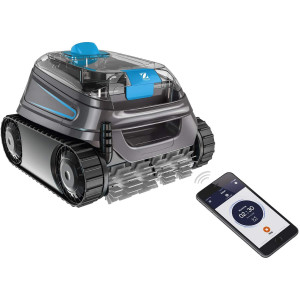


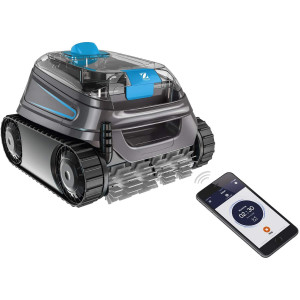


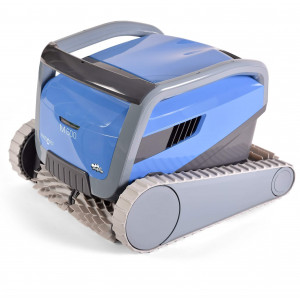

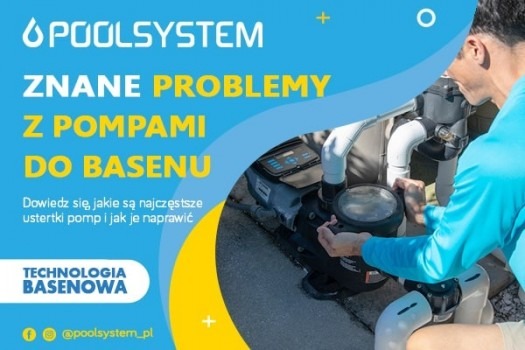
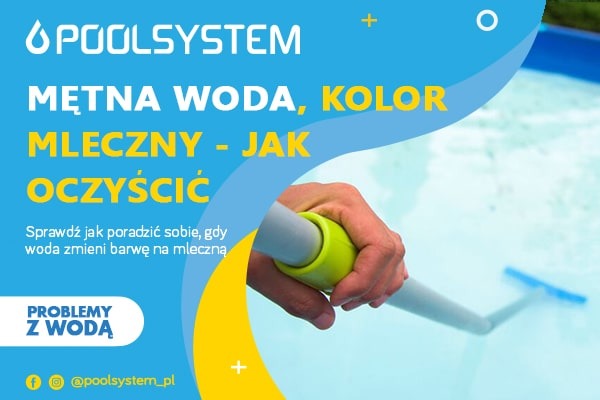
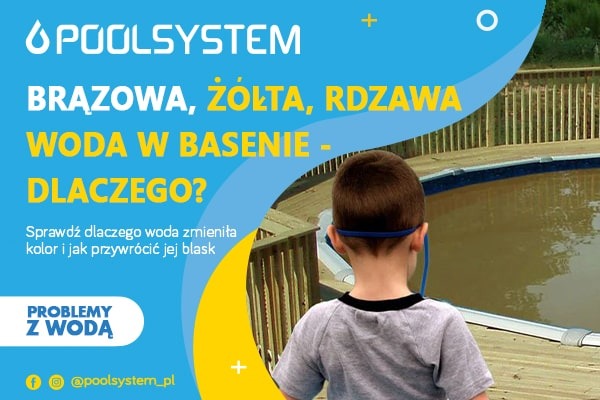
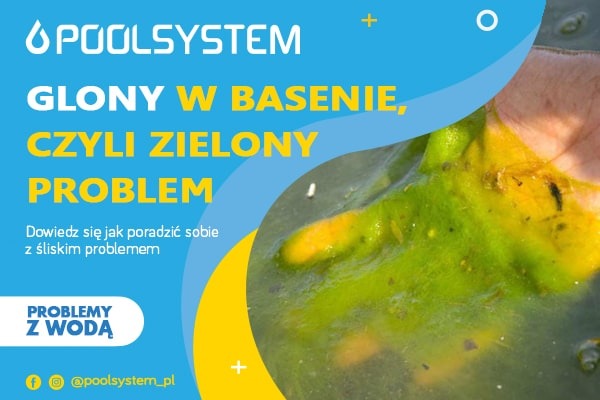
Comments (0)